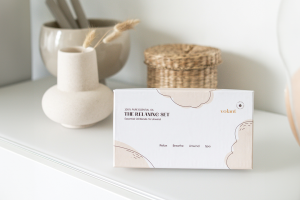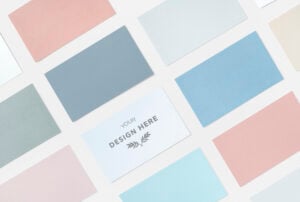Creating a unique wordmark logo is tough when there are thousands of new brands popping up every year. While it may seem like all the best logo design ideas are taken, wordmarks offer infinite ways to express creativity.
Think of every letter in a wordmark as an individual canvas you can customize to make your logo stand out. You don’t have to embellish each letter, but the endless combinations make it possible to come up with a fresh design.
Along the way, be sure to avoid common typographic flaws that lessen the impact of your logo. Keep these smart tips in mind as you brainstorm the perfect logo design to represent your business.
How to Create a Wordmark Logo Design
Choose the Right Typography
DO: Match the font to your brand personality.
Imagine seeing the Samsung wordmark done in Coca-Cola’s famous Spencerian script. The festive, ornate style of writing completely clashes with the slick, forward-looking identity of an electronics brand.
Outline the characteristics and values of your brand, and think about how they translate to typography. Is your brand cheerful? Traditional? Bold? Technical? Carefree? Even if it’s the first time encountering your business, readers should be able to sense the energy powering your brand.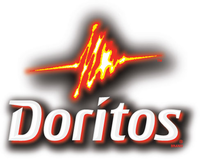
You can represent these types of qualities by playing around with the size, shape, line weight, and boldness in the letterforms. For example, clean, bold typefaces tend to send a message of authority.
Slender line weights feel light, youthful, and friendly. Curvy, decorative letters range from whimsical to elegant. Serif typefaces are a common choice for brands that are traditional, academic, or time-honored.
DON’T: Pick an overused typeface.
Many popular typefaces, such as Helvetica or Verdana, have a reputation for being cliche. Using them, especially unchanged, can instantly make your wordmark look generic.
Look for eye-catching typefaces that are both readable and interesting. Thousands of professionally designed fonts are available online, so take time to compare different options.
DO: Try using a display typeface to set your brand apart.
Unlike fonts designed for body text, display typefaces are intended to be used at large sizes. They often feature graphic elements for dramatic value, making them ideal for short words and phrases, such as headers or business names.
Since display typefaces are meant to be exciting and artistic, they add personality to a basic wordmark.
DON’T: Use a branded typeface.

Resist the urge to use typefaces inspired by the custom typography of well-known companies. Anyone who looks at your logo will automatically think of the established brand, which is bad for business. (ex. Waltograph)
A good logo should help build recognition for your unique business. Don’t make a bad impression right from the start by piggybacking on another brand’s success.
DO: Consider developing a custom typeface or hand-drawn design.
If you can’t find a typeface that embodies your brand, try creating your own typography from scratch. Sketch designs by hand to come up with interesting letterforms. One of your doodles may lead to a winning idea. (ex. Pizza Hut, Virgin)
Personalize the Letter Forms
DO: Create focal points.
Use thoughtful embellishments to make important sections of your wordmark stand out. The Tropicana wordmark includes a simple leaf over the letter “I” to celebrate the brand’s natural ingredients.
Think about how you can add points of interest for a dramatic effect. Common focal points include:
- Shapes: Incorporate elements of your brand into the natural shapes of the letters. (ex. Subway, FedEx)
- Colors: Make one section stand out by using a different color than the rest of the wordmark. (ex. Flickr, PayPal)
- Decorations: Add small decorative pictorial marks that help to tell a story. (ex. Pandora Jewelry, Dole)
- Ornate Strokes: The lines that make up a letter are known as strokes. Strokes that extend above or below the letters are tails. You can add artistic flourishes to strokes and tails to personalize your wordmark. (ex. Krispy Kreme, Logitech, HP)
- Frames: Enclose your logo inside a frame for a balanced shape. (ex. Harley Davidson, Mastercard, Levi’s, Ford)
DON’T: Overload the design with too many competing elements.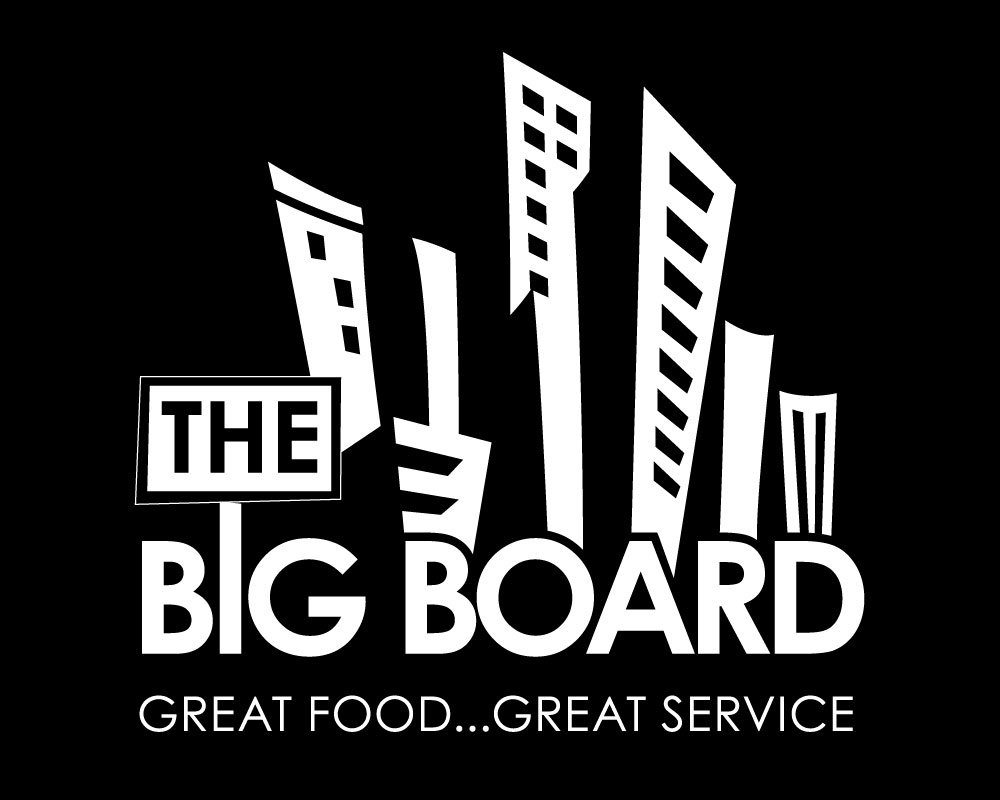
While it’s okay to have more than one focal point, make sure your wordmark reads cleanly from left to right. Excessive decoration leads to a muddled design. Look out for off-putting elements that take away from your wordmark.
- Do the letters stack, connect, or overlap in distracting ways?
- Do pictorial shapes feel forced in the design? Are they out of place?
- Are there too many colors or shapes to focus on?
- Do all the letter forms and decorative elements have a consistent look and theme?
Starting with too many elements is better than having no ideas at all. You can easily edit and compare variations of your logo until you whittle it down to the best version.
Experiment With Size and Layout
DO: Mix uppercase and lowercase letters
One easy way to liven up a brand design is to use a mixed letter case. Using a combination of uppercase and lowercase letters can shake up a reader’s expectations and add a playful element to a conservative logo.
Type out your wordmark using several combinations of mixed case. Notice how the Disney wordmark uses a lowercase “I” and “Y” while the other letters are capitalized. You may have to test many variants to find a design you love.
DO: Adjust the letter spacing.
Most ready-made fonts aren’t designed with even kerning, or spacing, between each letter. The more you enlarge the font, the more you’ll notice an inconsistency in spacing throughout your wordmark.
Kerning tools in graphic design programs will allow you to set an exact distance between individual letters. Avoid tight spacing, as your logo will start to look jumbled and unreadable when used at small sizes.
Test your wordmark at various sizes to make sure the spacing will work for many types of media. You also want to make sure a longer business name doesn’t run together and appear as one word.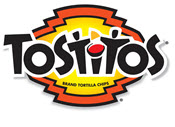
DO: Look for Interesting Configurations
The human brain has the incredible ability to read words correctly even when there are irregularities in the spelling or orientation. Use this to your advantage. Brainstorm creative ways you can arrange the words or individual letters to delight and surprise readers.
Can you stack words on top of one another to create a compact layout? How about tilting the entire wordmark or changing the orientation of specific letters? Maybe, you can use a different size for each word or form the words into a shape.
As long as readers can still identify your brand, you’re free to be as creative as you like. (ex. The North Face, Burger King, Animal Planet, Kleenex, Whole Foods)
Wordmarks can be just as versatile as logomarks when you make a memorable design that customers instantly associate with your brand. Aim to create a business logo that can evolve with your brand. If you put more thought into the design today, you’ll likely be able to keep the same wordmark for years to come.
